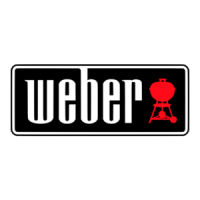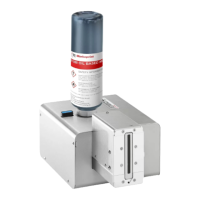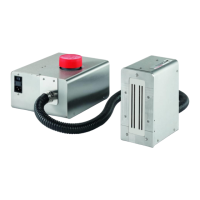Why is the label placement on the product consistently poor with my Weber 4300?
- RRebekah ThompsonAug 20, 2025
If the label placement on the product is consistently poor with your Weber Printer, it could be due to a few reasons. The product might not be presented consistently to the tamp pad. To fix this, check that the conveyor speed is constant and adjust the guide rails or other product control devices to ensure consistent product presentation. Also, the tamp extend time or the air-blast might be set incorrectly, so refer to the setup instructions.



